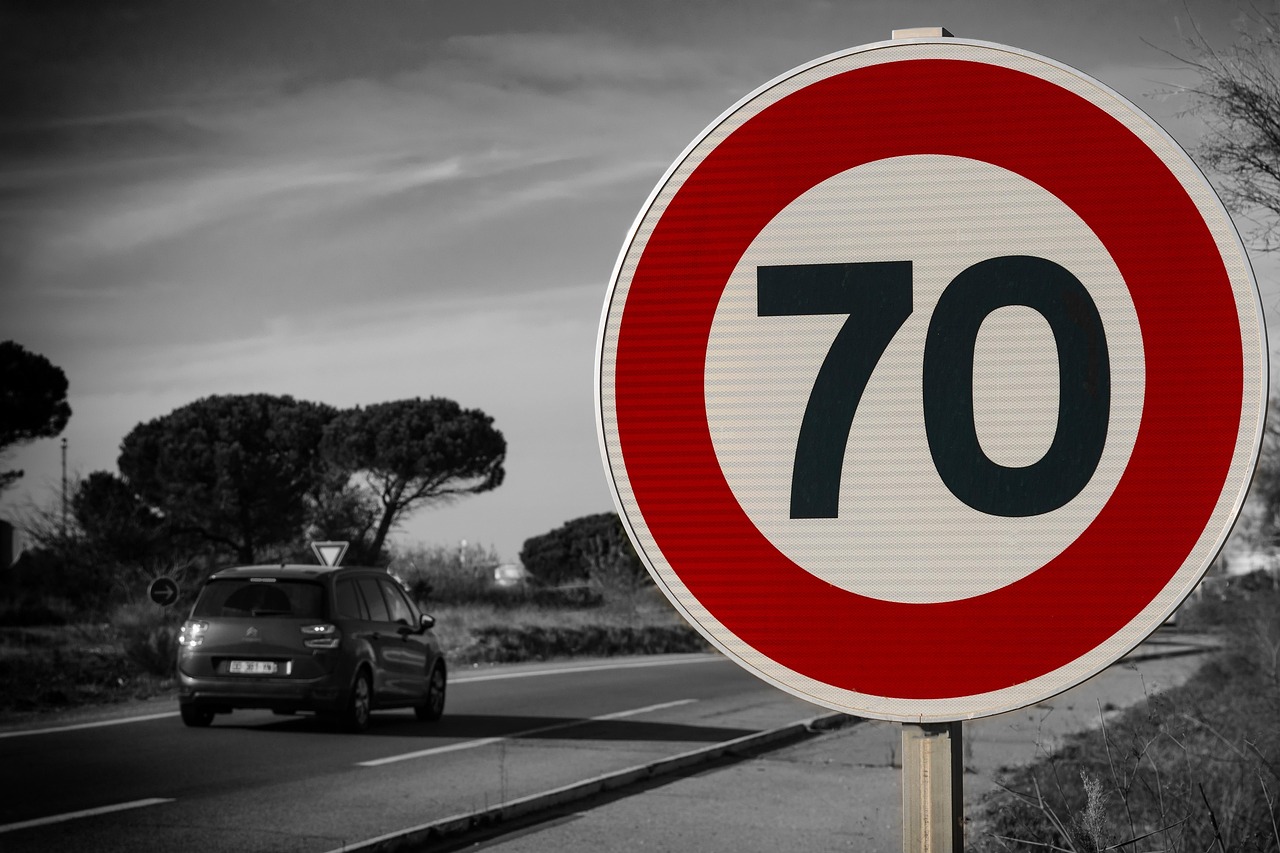Germany is famous for its autobahn network, where sections without speed limits attract international attention. But outside the motorway, strict rules apply — and many drivers misunderstand them.
Traffic law experts warn that these misconceptions can lead to fines, penalty points, or even temporary driving bans.
Misconceptions that frequently trip up drivers in Germany
Speed on rural and federal roads
One common myth is that rural roads and federal highways carry different speed limits. In fact, the general rule is 100 km/h for cars without trailers outside built-up areas.
Vehicles with trailers or trucks up to 7.5 tonnes must keep to 80 km/h, while heavy trucks over 7.5 tonnes are limited to 60 km/h.
Local restrictions and town entry signs
Another widespread belief is that a 30 km/h zone continues after a town sign. In reality, once a driver passes the yellow town entry sign, the default urban speed of 50 km/h applies unless otherwise posted.
Temporary limits at curves or hazards
Some motorists assume that speed limits linked to danger signs — for example, at sharp bends — are merely recommendations.
In fact, the restriction applies strictly for the hazardous section and ends only when the danger is passed, unless new signs indicate otherwise.
The “tolerance” myth
Many drivers think they can safely exceed the limit by 10 km/h without penalty.
The truth is different: for speeds up to 100 km/h, authorities deduct only 3 km/h as tolerance; above 100 km/h, they subtract 3 percent of the measured speed.
Depending on the measuring system, especially when police cars track speed from behind, the margin can vary but is never a flat 10 km/h.
Overtaking doesn’t allow speeding
A persistent misconception is that overtaking justifies short bursts above the speed limit. This is false.
Speed limits remain binding, even when passing slower vehicles. Only in rare emergency cases might authorities consider exceptions.
Speed cameras and distance to signs
There is no nationwide law requiring a minimum distance between a speed limit sign and a speed camera.
While some German states provide guidelines, others — such as Baden-Württemberg, Hamburg, and North Rhine-Westphalia — allow cameras to be positioned immediately after a sign.
Cyclists must obey too
Not only cars are subject to restrictions. Cyclists also have to respect posted speed limits.
For example, a bike rider exceeding 30 km/h in a residential zone can technically commit an offence.
School zones during holidays
Even when schools are closed for holidays, posted restrictions remain valid if the sign specifies days of the week.
A sign stating “Monday to Friday” applies on those weekdays regardless of whether classes are in session or not.
“Wet conditions” explained
Some drivers wrongly believe that a sign marked “bei Nässe” (“when wet”) only applies during heavy rain.
In reality, the rule is triggered as soon as the road surface is consistently wet with a film of water, even after light rainfall.
Why clarity matters
Traffic law specialists emphasize that knowing the actual rules is essential. Misinterpretations not only risk fines but also endanger safety.
With thousands of speed cameras across Germany and a strict penalty system, assuming myths are facts can quickly become expensive.









